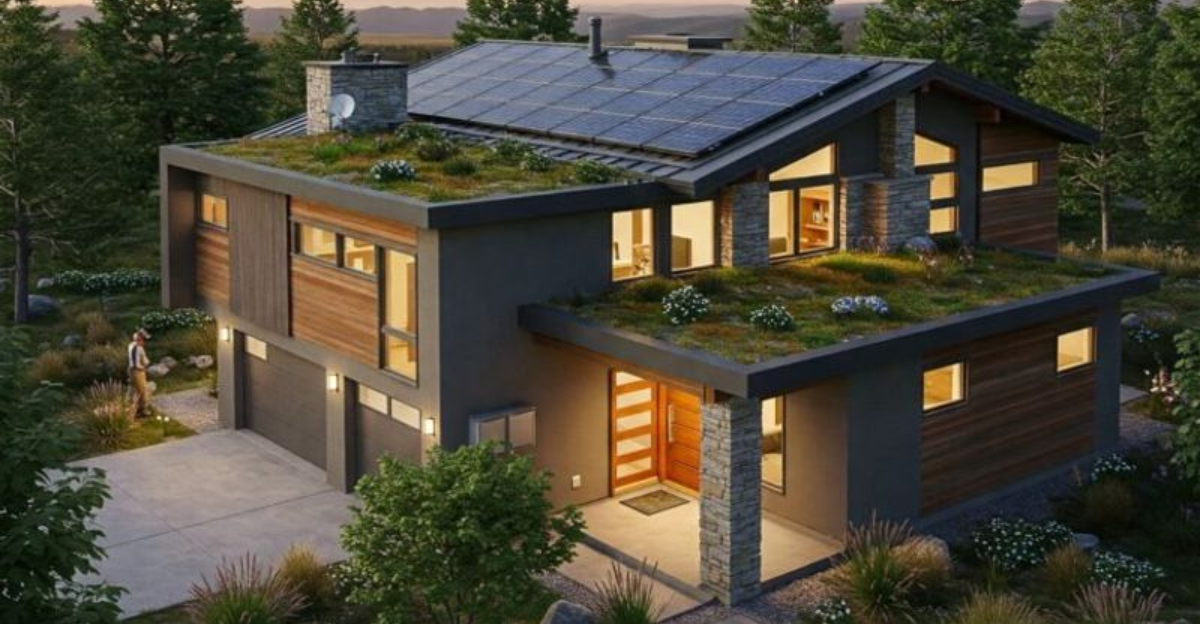The white picket fence dream that defined American housing for decades is fading fast. Today’s homeowners and renters are reimagining what makes a perfect living space as economic realities, environmental concerns, and lifestyle shifts transform our housing landscape.
Ready to discover what’s replacing those sprawling suburban homes? Let’s explore the new American dream taking shape.
1. Shrinking Lot Sizes in New Developments
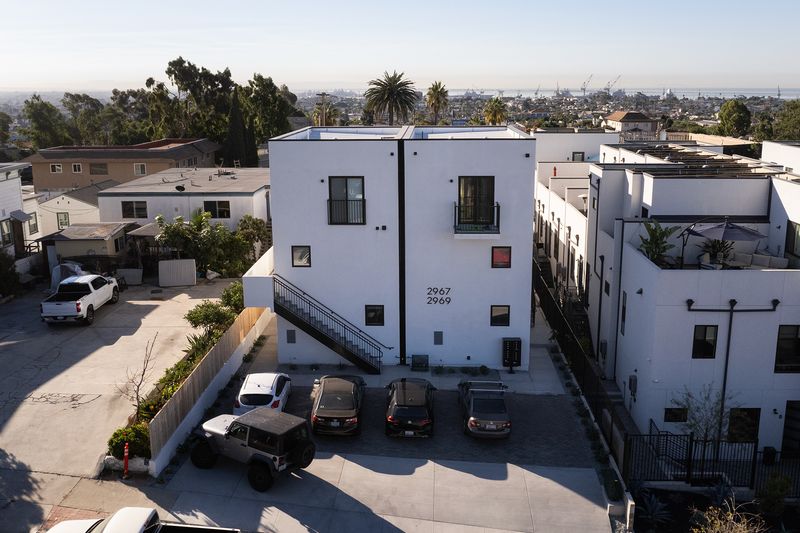
Remember when backyards seemed endless? Modern developments squeeze more homes into less space, with average lot sizes dropping nearly 18% since 2010.
Builders maximize profits while buyers accept smaller outdoor areas as a trade-off for affordability. The quarter-acre suburban paradise has given way to homes that practically touch their neighbors.
2. Rise of Multi-Generational Living Spaces
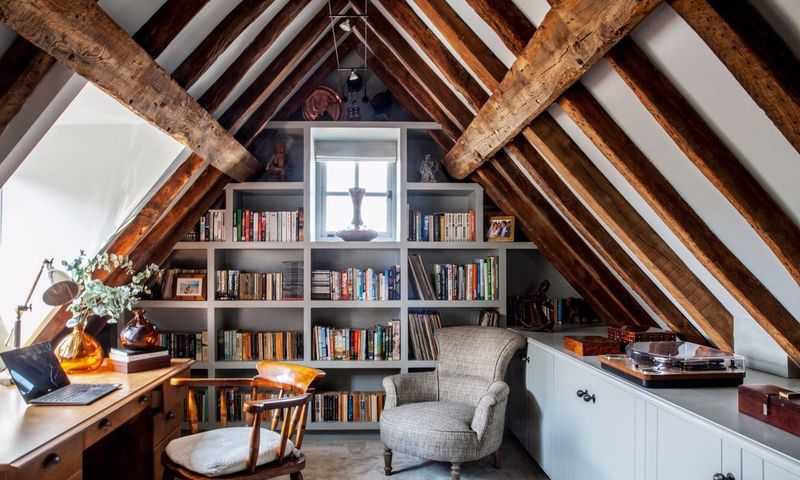
Nearly 20% of Americans now live with multiple generations under one roof, reversing a century-long trend toward nuclear family homes.
Economic pressures, aging populations, and childcare needs drive this shift. Architects respond with homes featuring separate entrances, in-law suites, and flexible spaces that provide both togetherness and privacy.
3. Growing Demand for Urban Condos and Apartments
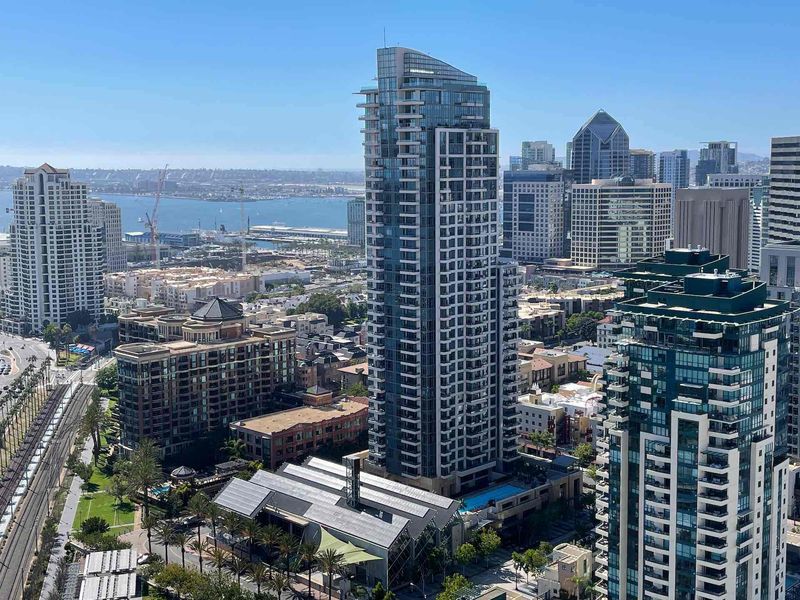
Downtown living captivates young professionals and empty nesters alike. Walkability to restaurants, entertainment, and work trumps square footage for many Americans seeking vibrant community connections.
High-rise living eliminates yard maintenance while offering amenities like gyms and rooftop gardens. Urban dwellers trade personal space for proximity to culture and convenience.
4. Minimalist Design Replacing Sprawling Floor Plans
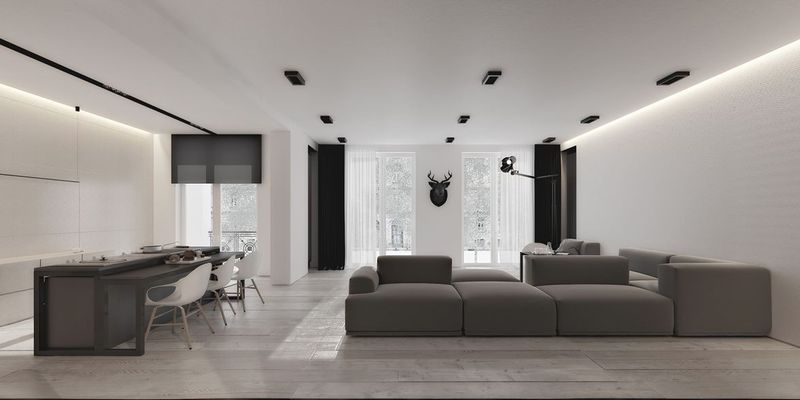
Minimalism has evolved from a design trend to a housing revolution. Open-concept layouts with clean lines and clutter-free spaces replace the maze-like floor plans of yesterday’s McMansions.
Buyers now value thoughtful design over sheer size. Quality materials, natural light, and functional spaces matter more than impressing neighbors with square footage.
5. Increasing Preference for Sustainable, Eco-Friendly Homes
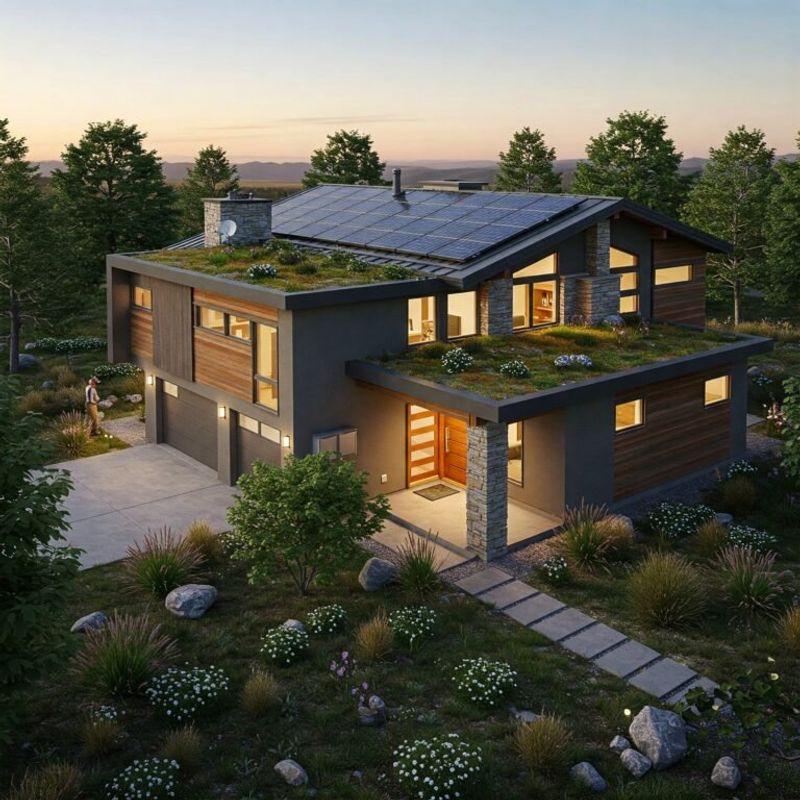
Going green isn’t just trendy—it’s transforming housing standards. Solar panels, rainwater collection systems, and energy-efficient appliances now top homebuyers’ wish lists.
Materials like bamboo flooring, recycled countertops, and non-toxic paints appeal to environmentally conscious consumers. Sustainability sells homes faster and often at premium prices compared to conventional construction.
6. Smart Home Technology Becoming Standard

From thermostats that learn your schedule to refrigerators that order groceries, smart technology has transformed from luxury to expectation.
Buyers now expect homes pre-wired for automation and connectivity. Security systems, lighting controls, and energy management can all be controlled from smartphones, creating living spaces that respond to our needs.
7. Emphasis on Flexible, Multi-Use Rooms
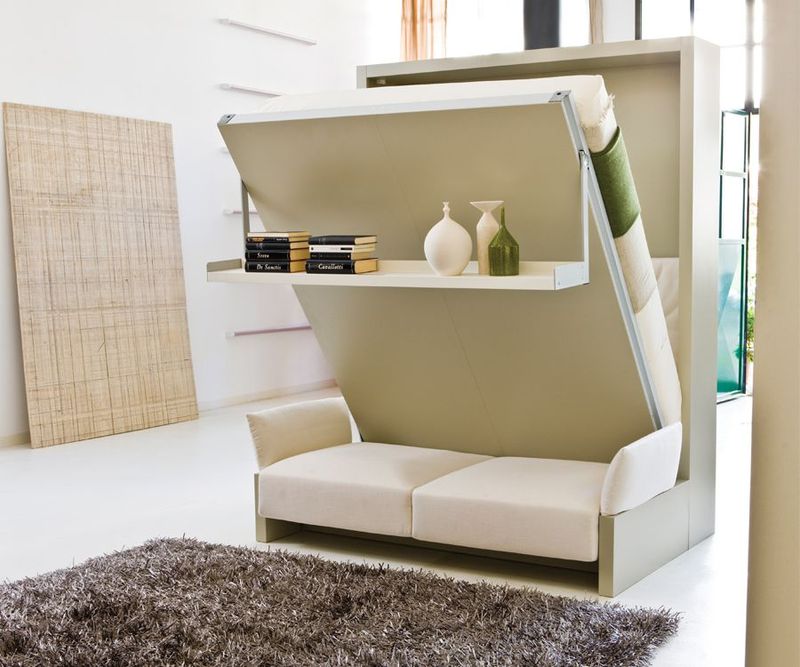
Gone are the days of single-purpose spaces. Modern homeowners demand flexibility from every square foot. Dining rooms transform into home offices, while guest rooms double as yoga studios.
Murphy beds, movable walls, and convertible furniture allow spaces to shape-shift throughout the day. One room might serve three different functions from morning to night.
8. Shift from Single-Family Homes to Co-Living Communities
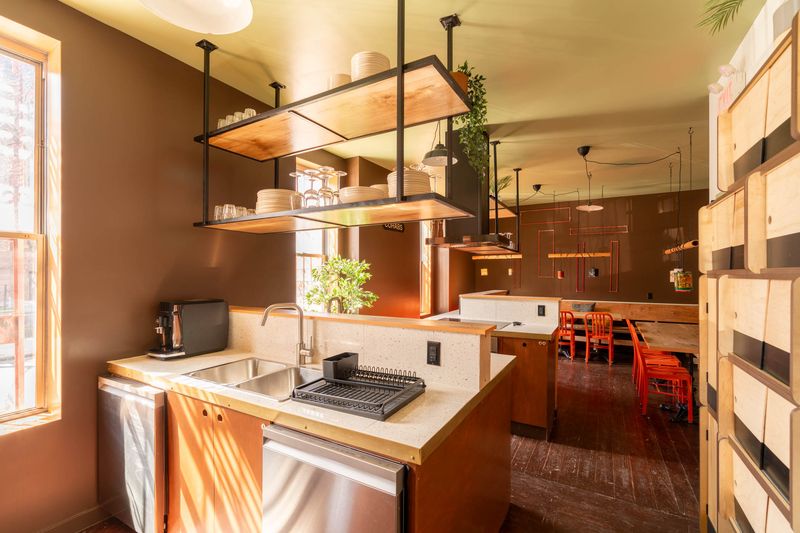
Imagine dormitory living for adults—but much cooler. Co-living arrangements offer private bedrooms with shared kitchens, living areas, and sometimes even workspaces.
Monthly payments typically include utilities, internet, and cleaning services. Young professionals and digital nomads embrace these communities for their affordability, built-in social connections, and freedom from long-term commitments.
9. Smaller Kitchens as Cooking Habits Change
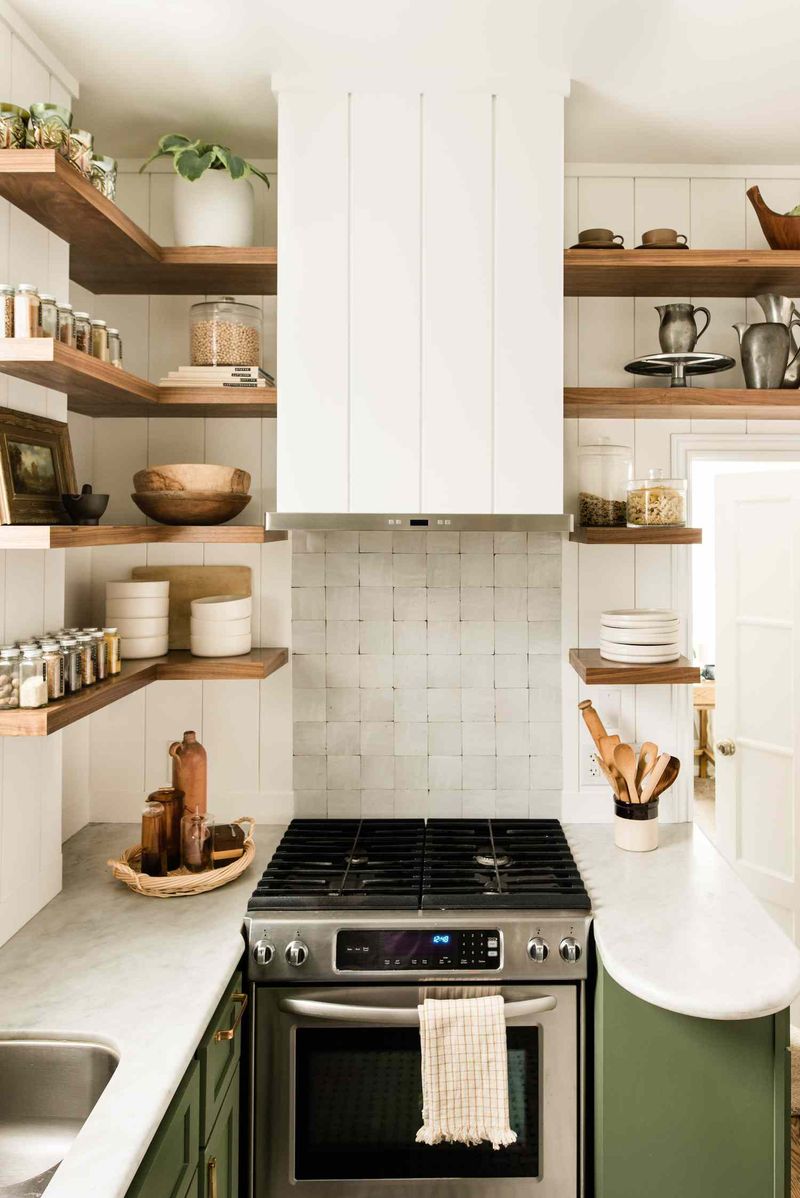
Meal delivery apps and busy schedules have revolutionized how Americans eat. Elaborate cooking spaces seem less necessary when dinner often arrives in a paper bag.
Compact, efficient kitchens with high-end appliances replace the massive cooking theaters of the 2000s. Counter space for laptop work sometimes matters more than room for rolling out cookie dough.
10. Outdoor Living Spaces Prioritized Over Large Indoor Areas
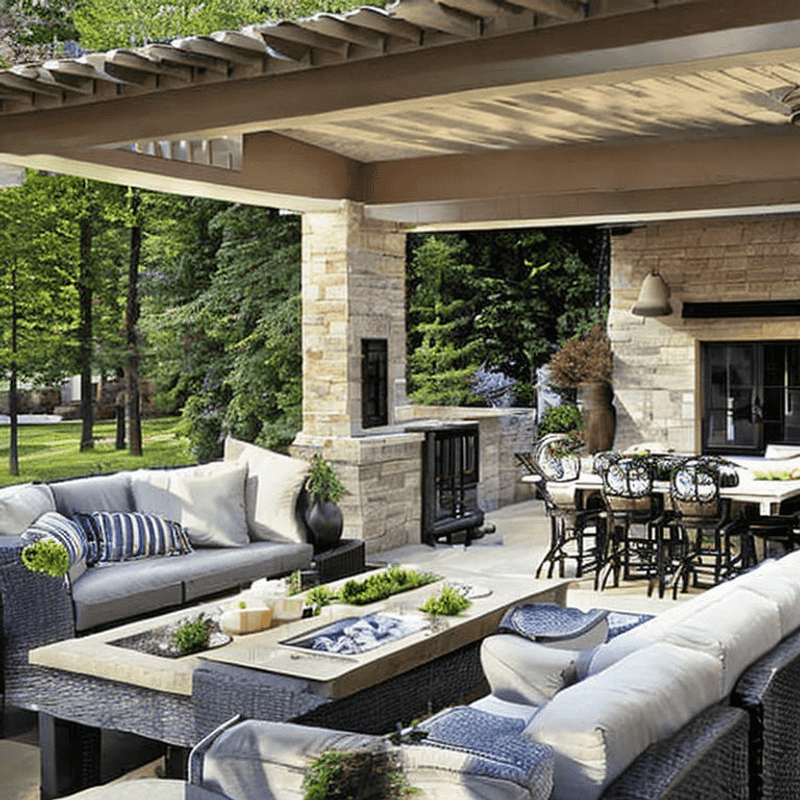
Patios become living rooms under the sky. Outdoor kitchens, fire pits, and weather-resistant furniture extend living space beyond four walls.
Homeowners invest in covered decks with heaters and fans to use outdoor areas year-round. Even tiny homes and apartments prioritize balconies or rooftop access, proving fresh air access trumps interior square footage.
11. Decline in Ownership of Large Personal Vehicles Impacting Garage Size
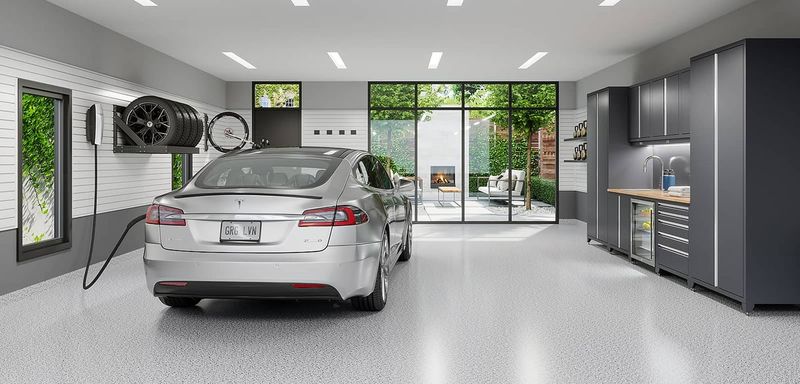
Massive three-car garages are becoming dinosaurs in new home construction. Ride-sharing services, urban living, and remote work reduce multi-car households.
Forward-thinking developers convert garage space into home gyms, workshops, or additional living areas. Electric vehicle charging stations replace oil-stained parking spots, while bicycle storage becomes a premium amenity.
12. Rise of Remote Work Driving Location Choices

Remote work liberates homeowners from commuting constraints, sparking migration to previously overlooked locations.
Dedicated home office space now outranks school districts on buyer priority lists. Rural areas with strong internet connections and natural beauty see housing booms as workers flee expensive cities.
13. Increased Focus on Wellness Features
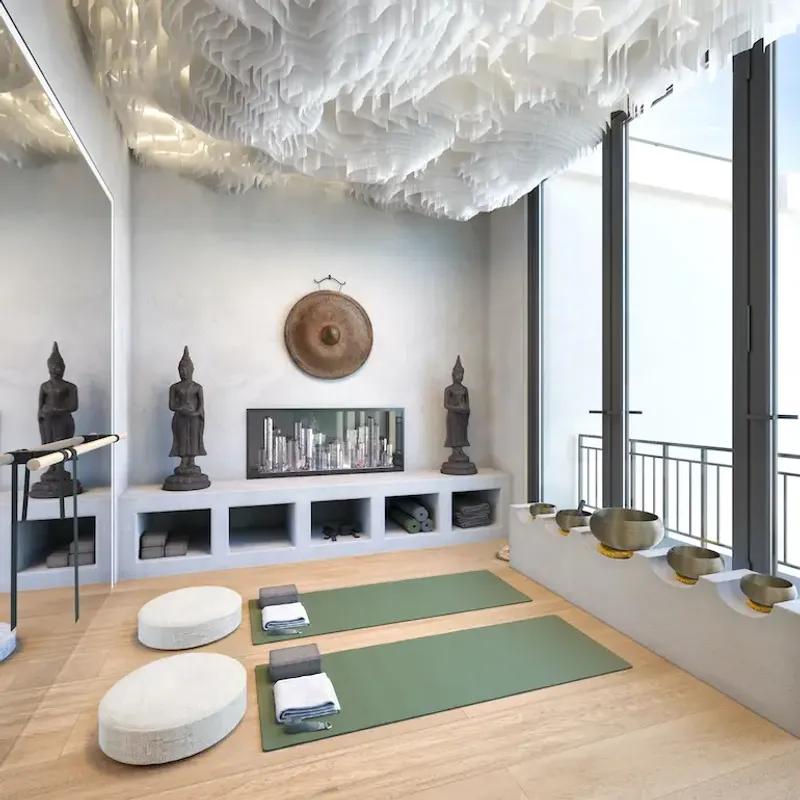
Air purification systems, circadian lighting, and non-toxic building materials promote healthier living environments.
Dedicated meditation spaces, indoor gardens, and home gyms reflect our increasing focus on self-care. Water filtration systems and noise-reduction technology create sanctuaries from the outside world’s stresses.
14. More Rentals and Short-Term Housing Replacing Traditional Buying
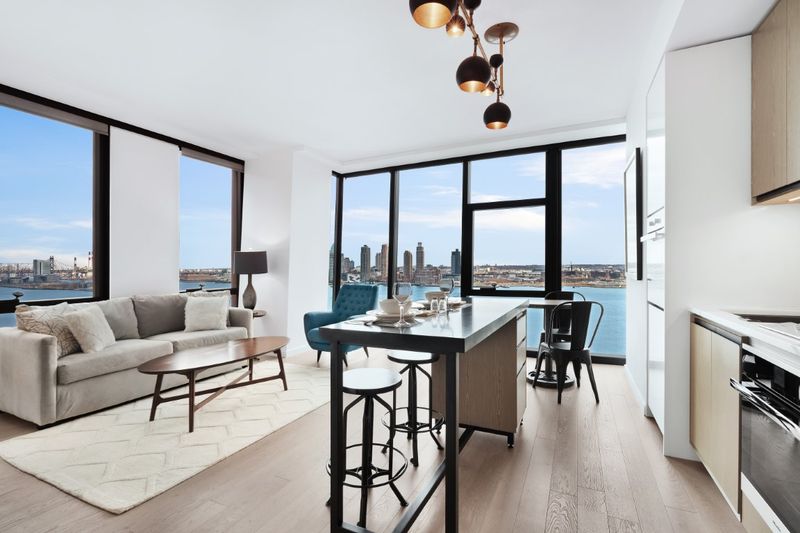
Ownership no longer defines success for many Americans. Younger generations embrace renting for its flexibility and freedom from maintenance responsibilities.
Short-term leases and furnished apartments accommodate increasingly mobile lifestyles. Property management companies elevate rental experiences with hotel-like amenities and services that make owning seem unnecessarily burdensome.
15. Blending of Commercial and Residential Spaces
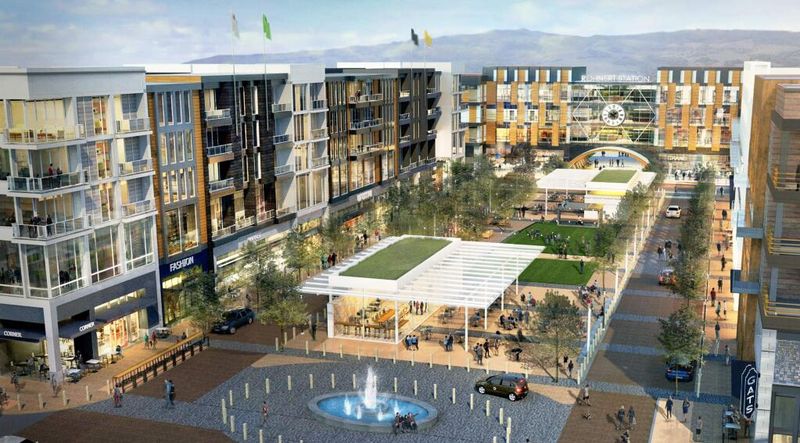
Live-work-play developments blur traditional zoning boundaries. First-floor retail with apartments above creates vibrant mini-communities where everything needed sits within walking distance.
Home businesses thrive in spaces designed for both living and professional activities. Mixed-use developments reduce commuting needs while fostering community connections through shared spaces and activities.
16. Nostalgic Revival of Vintage and Cottage-Style Homes
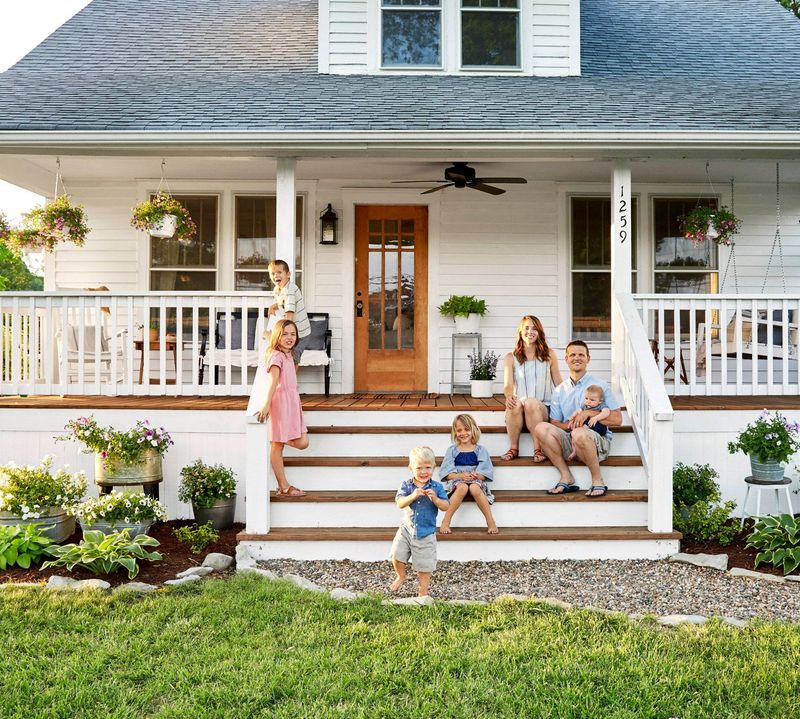
Craftsman bungalows, Victorian cottages, and mid-century ranches attract buyers seeking character and established neighborhoods.
Renovations blend vintage charm with modern functionality. Front porches, built-in bookshelves, and architectural details satisfy our craving for homes with stories to tell rather than cookie-cutter newness.

